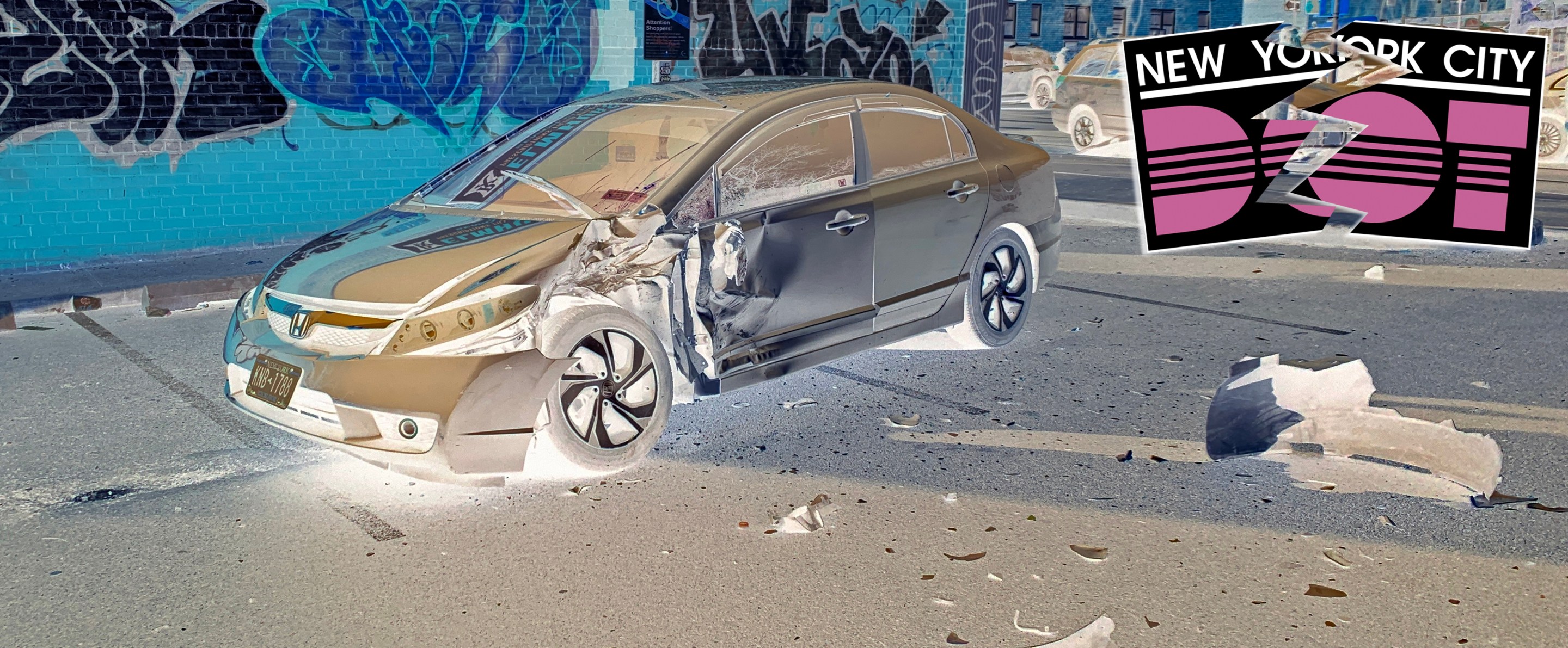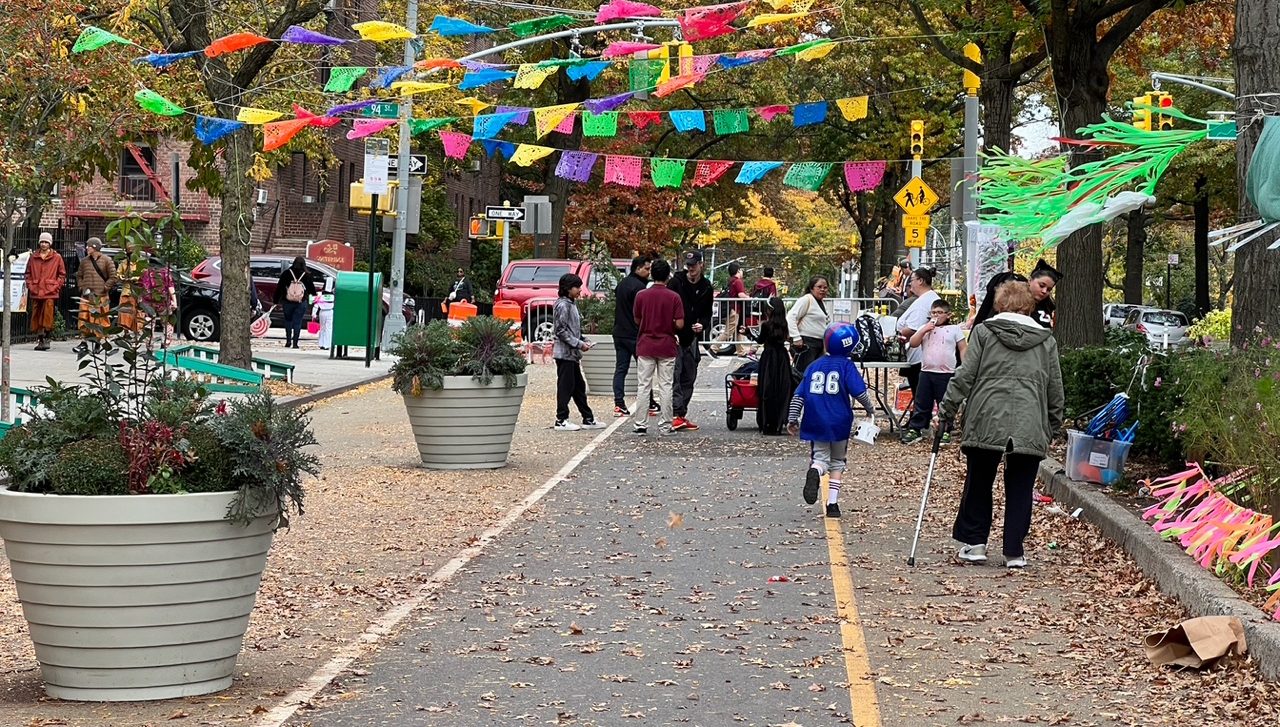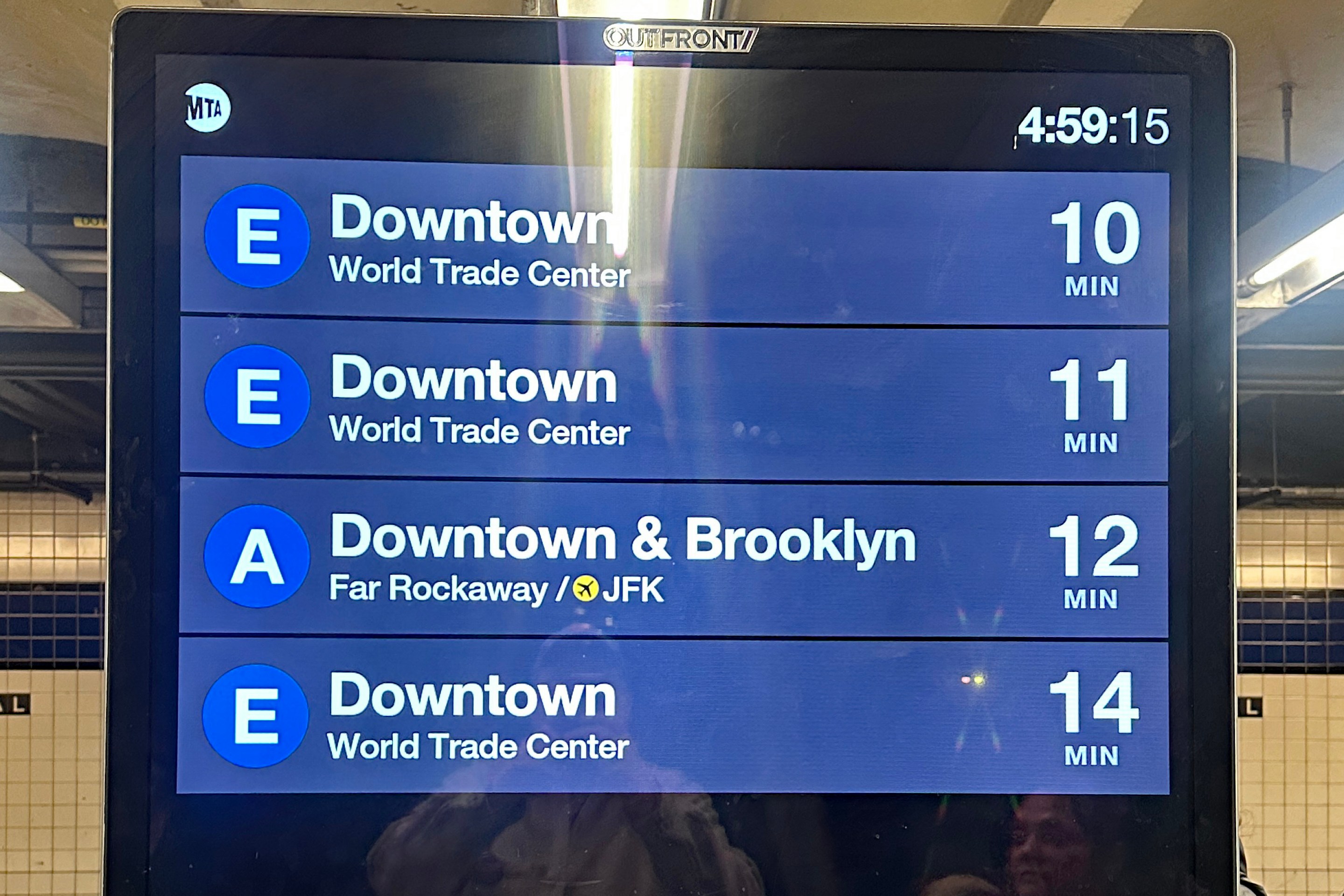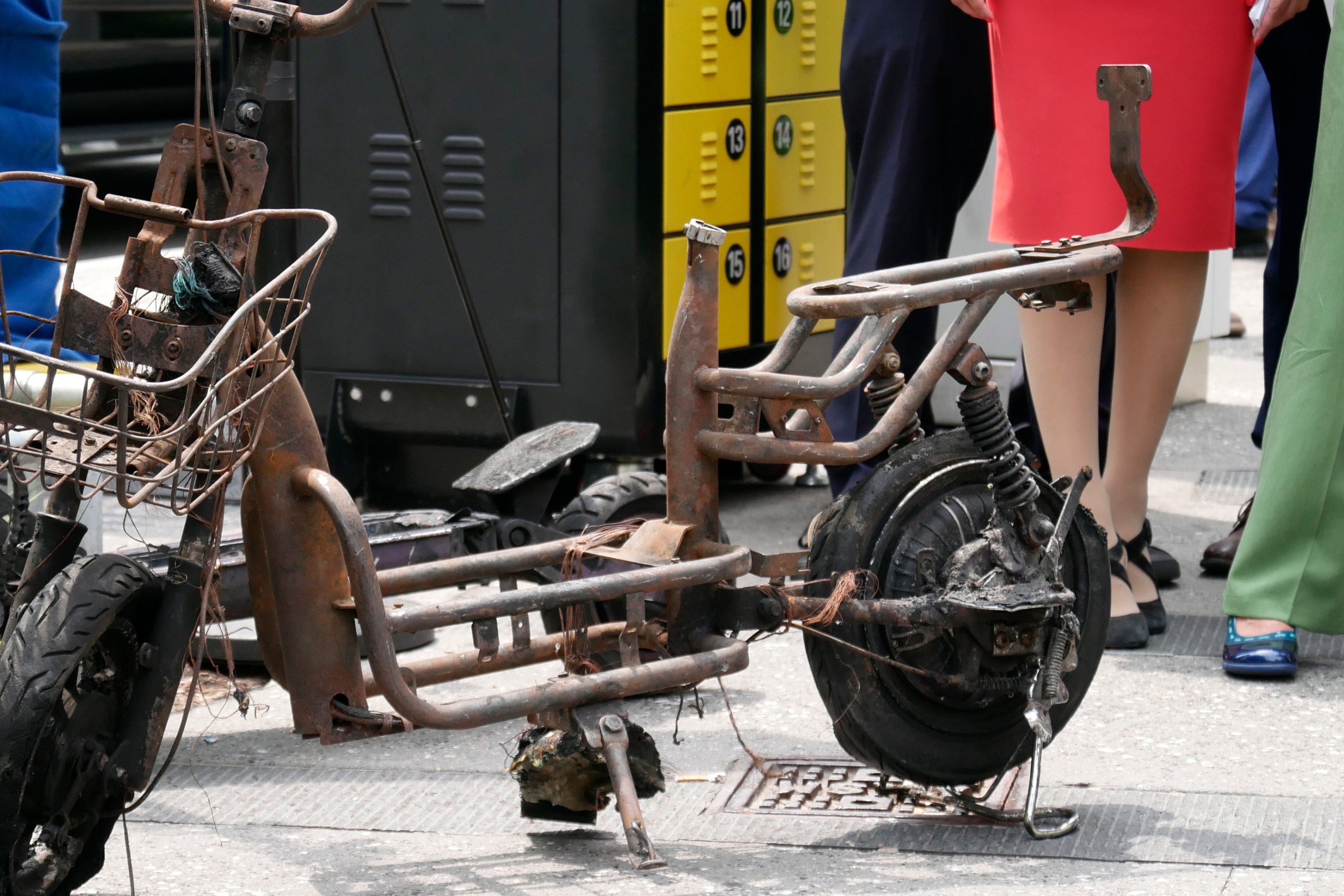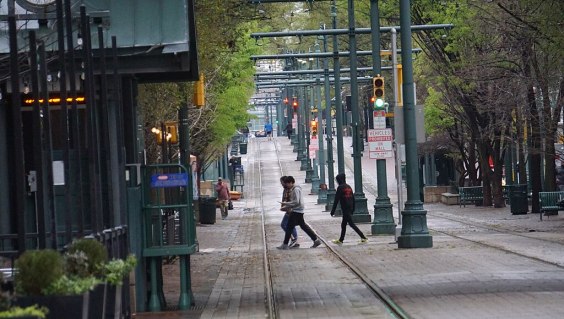We're entering dangerous territory.
The City Council is struggling over the next steps in reining in the most reckless drivers because the Department of Transportation has failed to provide the legislature with the required information about the successes and shortcomings of the Dangerous Vehicle Abatement Program — and the program expires next month after three promising, but unimpressive, years.
On Friday, Council Transportation Chair Selvena Brooks-Powers told Streetsblog that the DOT's failure to give the Council the required final report has made it difficult to consider the next steps for the program, which expires on Oct. 26.
"We have made requests to get a status update in terms of how successful that program has been," Brooks-Powers told Streetsblog in an on-the-street interview at an unrelated event. "We have not received that information, which makes it difficult to have line of sight in terms of whether or not this is successful."
She claimed the Council is "exploring next steps," but neither she nor the office of Council Speaker Adrienne Adams has responded to multiple requests for comment on the expiration of the program.
Created by the Council in 2018, the Dangerous Vehicle Abatement Program gave the DOT the power to order drivers who had been found guilty of 15 camera-issued speeding tickets or five camera-issued red light tickets in any 12-month period to take a driver-safety course. And it gave the city the power to seize the cars of drivers who failed to take the course or reoffended.
The DOT's final report on the program was due on July 31, according to the city office of records. Several outlets have pointed out that the due date had come and gone — though it is unclear how useful the report will be, given that the 2022 report consisted only of two sentences:
1080 total notices have been sent to individuals qualifying for the Dangerous Vehicle Abatement Program. 643 individuals have registered for the safe vehicle operation course, of which 630 have fully completed the course.
Twelve vehicles have been seized and impounded by the New York City Sheriff as part of DVAP, following failure to take the course and failure to appear at OATH.
That report did not make clear that the 630 people who had taken the course at that time represented only a tiny fraction of the number of drivers who had reached the 15-or-five threshold. The report also did not state if any cars had been seized from the 630 people who took the course then ended up getting another speeding or red-light ticket within six months. [Full disclosure: Streetsblog has sued the DOT for release of that and additional information to enable an independent assessment of the program's success. The agency has yet to respond to our court paperwork.]
It is also unclear whether any report on the Dangerous Vehicle Abatement Program will help the Council create a new program that truly holds reckless drivers accountable, given that the original Council legislation was watered down significantly in the course of its year-plus-long transition from proposal to law. For instance, the legislation does not even require that all drivers with 15 speed-camera tickets or five red-light tickets take the safety course; it merely says that the DOT may require such drivers to take a course — and if the drivers fail to take the course once ordered to do so by DOT, their car may be seized.
And drivers, despite their 15 convictions on speed-camera tickets or five convictions on red-light tickets, can still contest any notice from the DOT that they are required to take the course. It also exempted drivers for whom taking the course would represent an "undue hardship" due to "employment, health or family circumstances."
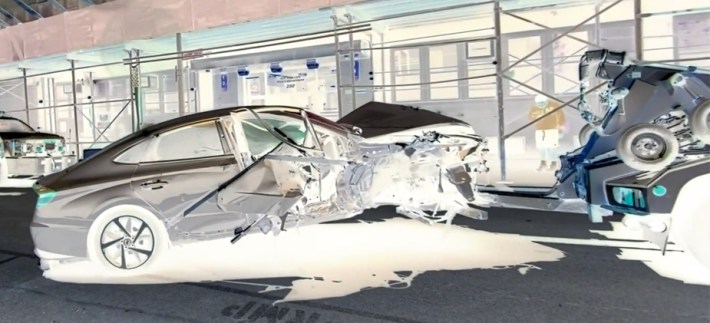
As a result, despite more than 34,000 drivers hitting the 15-or-five threshold in just the last 12 months, only 1,200 people have taken the safety course in total over the three years of the program, Department of Transportation spokesman Vin Barone said.
Barone declined to answer specific questions about the success or shortcomings of the program, saying only, “After building this pilot program from scratch, DOT has engaged [reached out or otherwise communicated with] more than 2,100 vehicle owners, with nearly 1,200 so far taking the DVAP safety class."
City Council Member Shahana Hanif said that's simply not enough.
"This program, which I support, was the way to get to reckless drivers before a death — and we have failed," said Hanif, whose predecessor, Brad Lander, created the program. "We have all the data. We know who the drivers are. We need to not only reauthorize this program, but strengthen it. I'm disappointed that fewer than 20 vehicles were ever seized."
Barone also did not offer an explanation for why the report is so late or whether the 900 people with whom the agency "engaged" will be taking the course eventually.
Nor would Barone discuss the agency's recommendations to the Council. Those will have to be in the report, which the Council mandated must include "an evaluation of the effectiveness" of the safe driving course, including stats on how many people who took the course ended up re-offending; and "a study of driving behavior to identify specific behaviors indicating a pattern of dangerous driving associated with traffic crashes, injuries, and fatalities" that includes "an analysis of hit-and-run police reports, convictions for traffic-related violations or crimes."
Streetsblog asked DOT if it could interview key agency personnel about the program's effectiveness, but agency spokesman Nick Benson said, "We respectfully decline."
The effectiveness of the DOT-run safety course is also very much in question, given that the agency has refused to provide the license plate numbers of all cars whose drivers took the course (which is the subject of Streetsblog's lawsuit).
Killer driver Tyrik Mott racked up 36 speed-camera and eight red-light tickets in the period between the start of the Dangerous Vehicle Abatement Program and Sept. 11, 2021 when he hit and killed a 3-month-old baby and severely injured her mother. But he did not take the DOT's course; instead he was ordered to take a similar course by a judge in another vehicular case.
He finished that course on May 4, 2021, but still racked up 26 more school-zone speed camera and red-light tickets before the fatal crash totaled his car and he was finally taken off the roads by the cops who arrested him.
He's serving nine years in prison for the death — a death that would have been avoided if Mott's driving privileges had been taken away.
The importance of reining in reckless drivers is a constant fact of city life. Since the Dangerous Vehicle Abatement Program went into effect on Oct. 26, 2020, there have been 307,407 crashes reported to the NYPD, injuring 146,144 people, including 14,980 cyclists and 24,181 pedestrians, killing 69 cyclists and 357 pedestrians.
That's roughly 135 people injured every single day.
In the absence of a city program to get reckless drivers off the road, state Sen. Andrew Gounardes (D-Bay Ridge) has proposed legislation to put speed limiters on the cars of drivers who have six or more camera-issued speeding tickets in a year. He has also sought to have speed camera tickets counted as points on a driver's license. Currently, they do not show up anywhere on a driver's record as long as the $50 tickets are paid.
